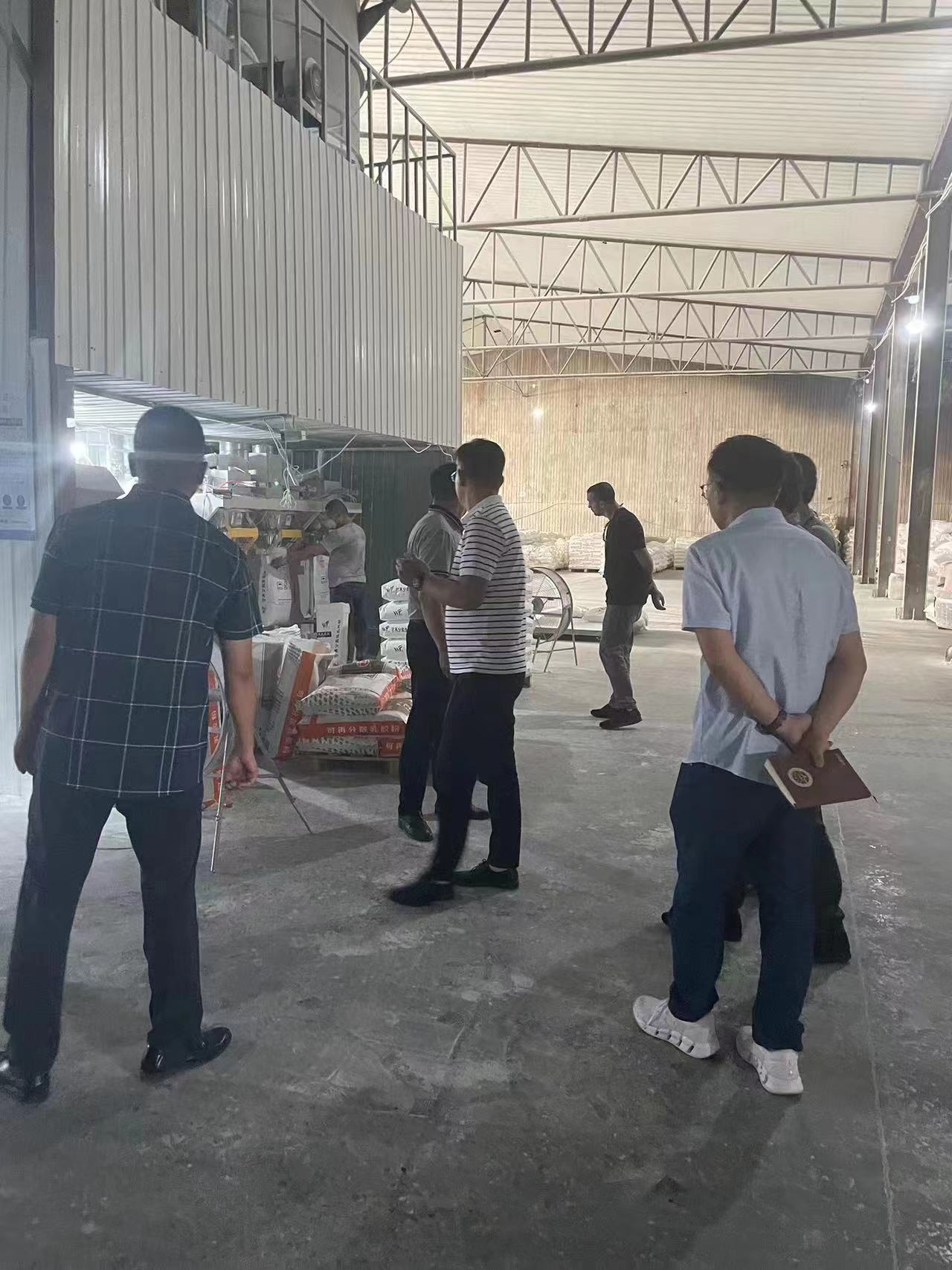
Sep . 29, 2024 04:00 Back to list
Preparation Methods for Titanium Dioxide Sourced from China Industry
The Preparation of Titanium Dioxide in China Processes and Innovations
Titanium dioxide (TiO2), a widely used compound, is renowned for its exceptional brightness and high refractive index, making it an essential ingredient in numerous applications, including paints, coatings, plastics, cosmetics, and food products. The production of titanium dioxide has garnered significant attention in China, particularly due to the country’s vast reserves of titanium-bearing ores and its growing industrial demands.
Raw Materials and Initial Processing
The primary raw materials for the production of titanium dioxide in China are ilmenite (FeTiO3) and rutile (TiO2). Ilmenite is the most abundant titanium-bearing mineral, constituting a significant portion of the country's resources. The extraction of titanium dioxide typically starts with the mining of these ores, followed by a series of processing steps to separate and purify the titanium content.
The conventional method of producing titanium dioxide is the sulfate process, which involves the treatment of ilmenite with sulfuric acid. This method leads to the formation of a mixture of titanium sulfate and iron sulfate. The titanium sulfate is then hydrolyzed to produce titanium dioxide. This process, while effective, generates considerable waste, which poses environmental challenges.
Alternatively, the chloride process is increasingly adopted in China. This method begins with the conversion of rutile ore into titanium tetrachloride (TiCl4) through chlorination at high temperatures. The TiCl4 is subsequently oxidized to produce high-purity titanium dioxide. The chloride process is generally regarded as cleaner and more efficient, producing fewer impurities and offering better control over the final product’s properties.
Technological Innovations
China is at the forefront of advancements in titanium dioxide production technologies, focusing on improving efficiency and minimizing environmental impact. Researchers and enterprises are exploring innovative methods to enhance the extraction and processing of titanium-bearing ores. Techniques such as solvent extraction, bioleaching, and advanced hydrothermal methods are under investigation and promise to bolster productivity while reducing waste.
Moreover, the development of new catalysts and more efficient separation techniques is contributing to the overall enhancement of the chloride process. These innovations facilitate the recovery and reuse of by-products, thereby aligning with global sustainability goals.
china titanium dioxide is prepared from

Environmental Considerations
As the production of titanium dioxide grows in scale, so does the emphasis on environmental sustainability. The industry in China faces increasing scrutiny regarding the waste generated and the impact of production processes on local ecosystems. Strides are being made toward adopting more environmentally friendly practices. This includes the implementation of waste treatment systems that convert by-products into useful materials, such as enriching soil or producing construction aggregates.
Companies are also encouraged to adhere to stricter environmental regulations and certifications to minimize their carbon footprints and waste outputs. This has spurred a transition toward greener technologies, with an emphasis on life cycle assessments to evaluate the environmental impact from extraction through to end use.
Market Dynamics and Applications
The demand for titanium dioxide is projected to rise substantially in the coming years, driven by its applications in various sectors. In paints and coatings, for example, TiO2 is indispensable due to its opacity and durability, ensuring high-quality finishes and protection against environmental degradation. The plastics industry is also a significant consumer, utilizing titanium dioxide to enhance the brightness and UV resistance of plastic products.
In recent years, there has been a considerable push towards the development of nanostructured titanium dioxide, which has opened new avenues for applications in photocatalysis, solar cells, and advanced UV-blocking coatings. The versatility of titanium dioxide continues to drive innovation and market expansion, placing China in a pivotal position within the global supply chain.
Conclusion
The preparation of titanium dioxide in China stands as a testament to the country's industrial prowess and commitment to innovation. With ongoing advancements in processing techniques, emphasis on sustainability, and a dynamic market, China is not only a leader in titanium dioxide production but also a key player in shaping its future applications across various industries. As the world increasingly gravitates toward sustainable practices, the evolution of titanium dioxide production in China will be closely observed, setting benchmarks for global standards in the industry.
-
Premium 6618 Titanium Dioxide for GPT-4 Turbo Applications
NewsJul.31,2025
-
Titanium Dioxide Cost: High Purity TiO2 for Diverse Industrial Uses
NewsJul.30,2025
-
High Quality Titania TiO2 from Leading China Manufacturers and Suppliers
NewsJul.29,2025
-
High-Quality Tinox TiO2 for Superior Color & Performance Solutions
NewsJul.29,2025
-
High Quality Titania TiO2 from Leading China Supplier & Manufacturer
NewsJul.29,2025
-
High-Performance r6618 TiO2 for Superior Whitening and Versatility
NewsJul.28,2025
